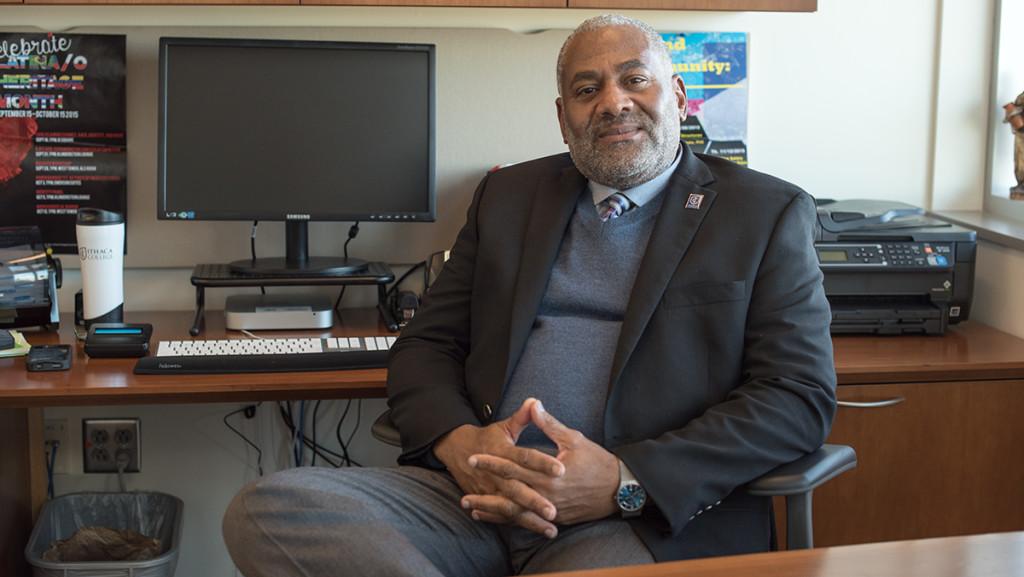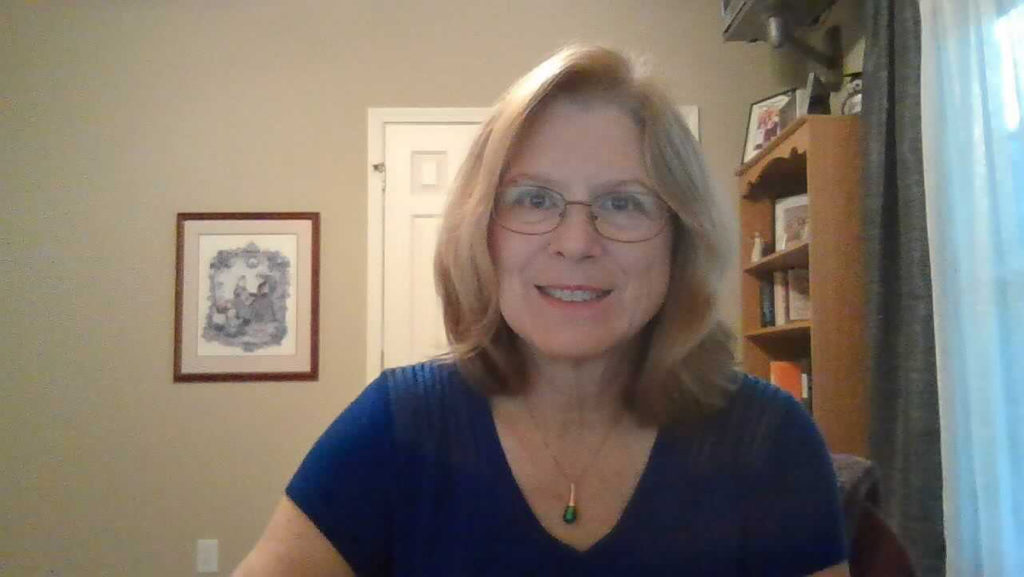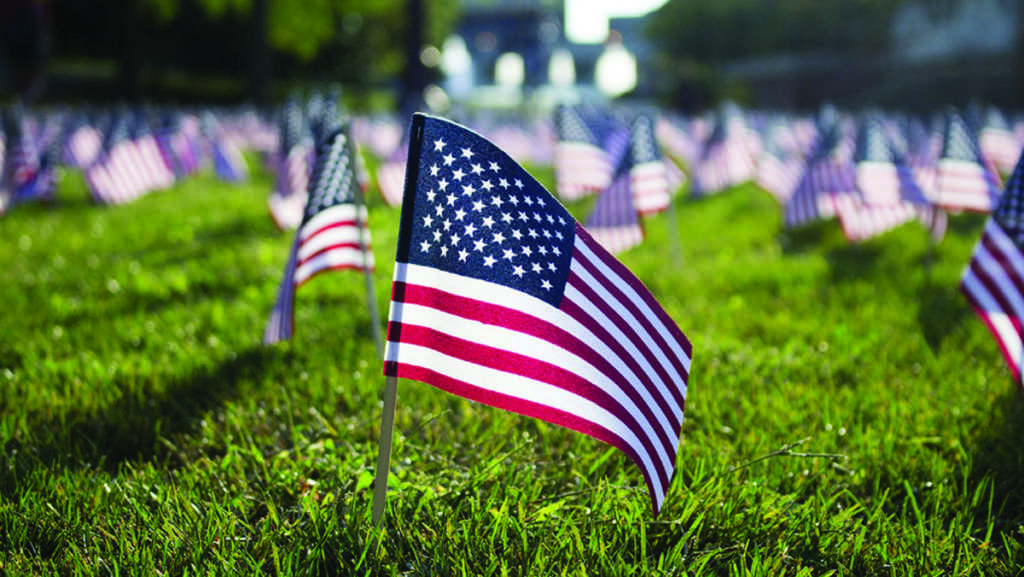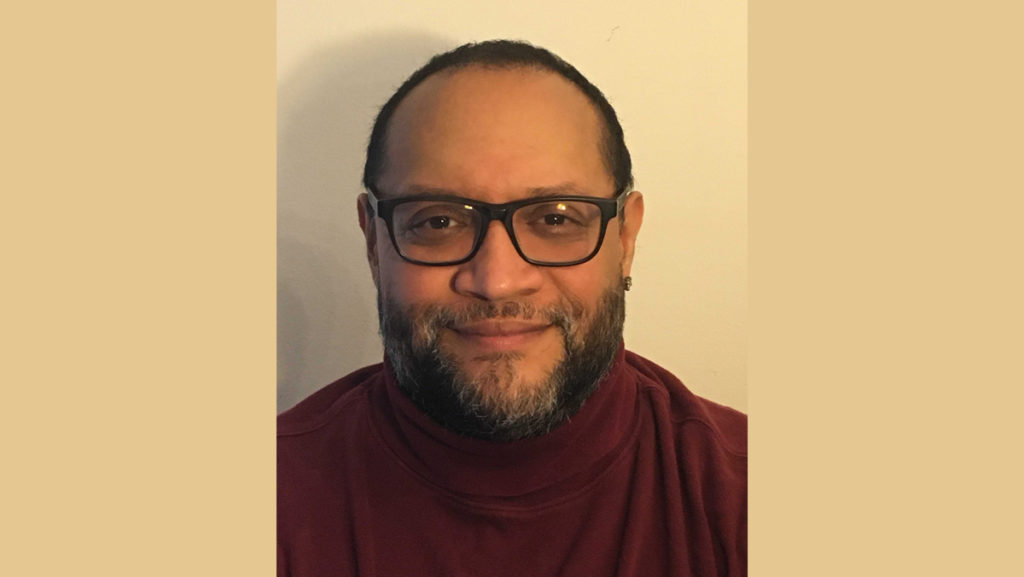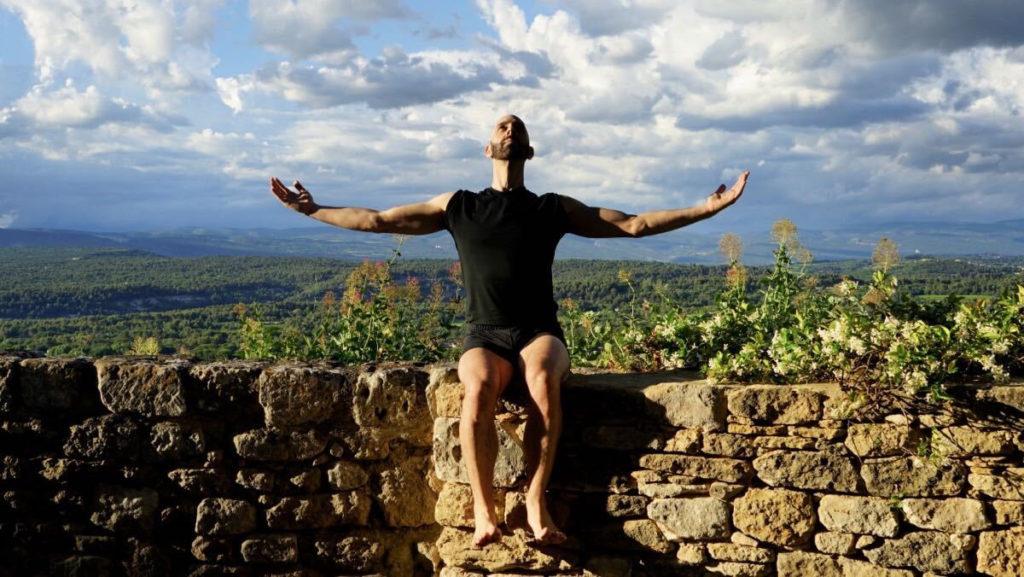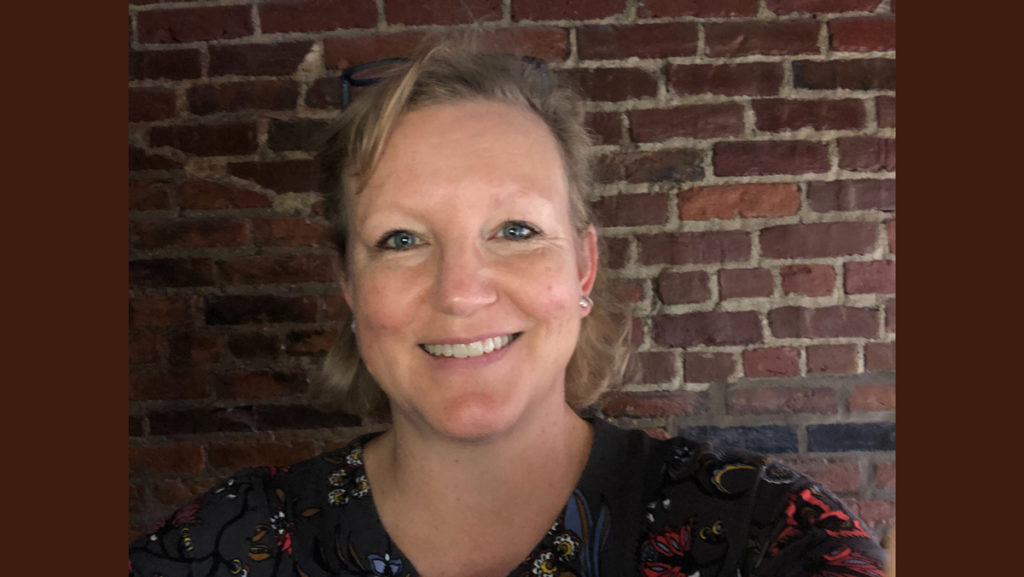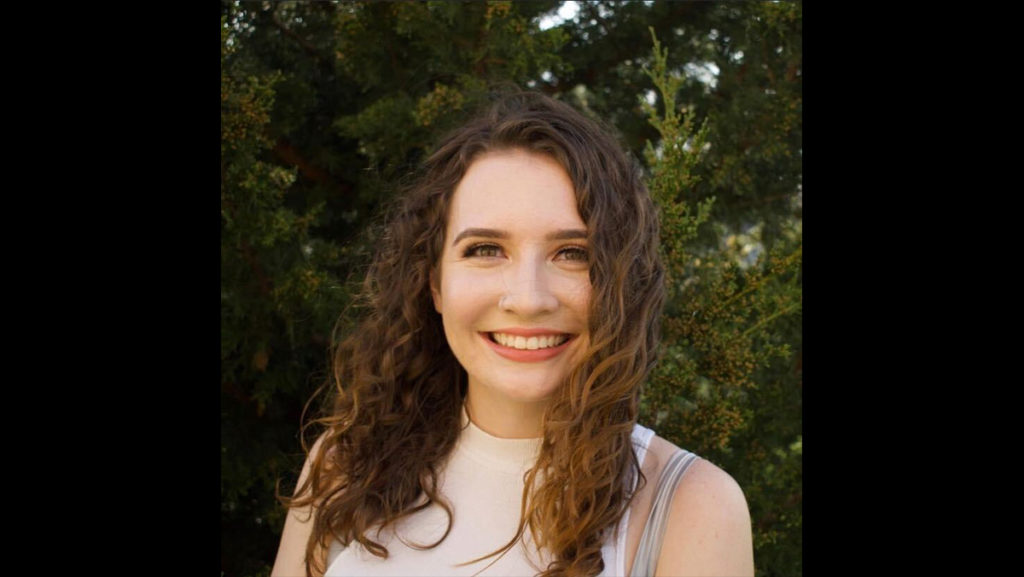President Tom Rochon announced Nov. 10 the creation of the chief diversity officer position, which is being temporarily filled by Roger Richardson, associate provost for diversity, inclusion and engagement, as a national search for a full-time officer is underway. Since it was announced, the position has come under fire by several faculty, students and alumni.
Staff Writer Grace Elletson spoke with Richardson to discuss his new role, his thoughts on recent protests and his overall impression of diversity at Ithaca College.
Grace Elletson: How are you providing strategic diversity leadership for the school as chief diversity officer?
Roger Richardson: Well, I think I serve as the face of the institution as it relates to that, so part of my responsibilities is my interactions with my colleagues, working directly with the vice presidents on the President’s Council, working with the deans in the five schools as it relates to initiatives and programs that may be connected to diversity and inclusion in the schools, and working with students campuswide to think out loud together and to take recommendations for initiatives that may be worth implementing.
GE: Can you explain why this position was created at the time that it was?
RR: You’d have to ask the president. He chose. That was his decision. It was not mine.
GE: Why do you think that he made this decision?
RR: I have no idea. He told me that he felt now was the time for this position to happen and asked if I would be willing to serve as an interim. I know there’s been a lot of discussion regarding process and outcome as it relates to this position.
GE: What do you hope the outcome is?
RR: That this position is created. That’s the outcome. The process of how it has become has been questioned by a lot of people, so I think people can question the process as much as they would like, but I have to focus on the fact that the position has been announced. A national search will take place, a person will be hired to do the job, and given that that is the reality, I think the focus should be on making sure we hire the best person for the job, that the job description reflects a comprehensive scope, that there is inclusion of faculty and staff and students in the search process for the position. That is the work that I see that needs to begin to take place now that the president has made the announcement that this is the action he has taken. So we can debate the process. I’d rather work on the outcome.
GE: There’s been a lot of dialogue across the country in higher education about diversity and inclusion. How have those protests and that dialogue affected your work and also affected what’s going on at Ithaca College?
RR: Oh, tremendously. The students are giving voice to their experiences inside and outside the classroom, and it has played a profound role in helping to bring to life, for the campus community, major issues as they relate to their quality of experience for undergraduate students here at the college. They’ve provided concrete examples of their experiences and because of this, I think they have, without a doubt, gotten the attention of the entire campus community. I think that there’s no question that the articulation of their concerns, as it relates to their experience here at Ithaca College, echoes and are in line with many of the national issues that have been impacting college campuses across the United States, and for that matter, issues that have impacted people of color, if you will, in our country. These are not new issues. They’re not new issues for our nation. They’re not new issues for institutions of higher education.
GE: How has this affected your role at the college?
RR: It’s made it more exciting, more challenging, more vibrant. It has given me a sense of renewed energy, and if I believe all that I’m hearing, it has given me a lot of new partners. We educate students to become more civic-minded. We educate students to be lifelong learners and to take positions on matters that are important to them. Why then should we not applaud our students for sharing their experiences and giving voice to issues and concerns that impact them in negative ways? The issue of diversity and inclusion, I think, is a very broad issue, and it should be an issue for all students here at the college.
GE: With the school looming on a vote of no confidence, how does that put pressure on you, especially with a large issue being diversity and inclusion?
RR: I feel no pressure because I’m not solely responsible for this. If there’s pressure, there’s pressure on all of us. We can’t create a position and then put a person in that position and then blame that person for what happens or doesn’t happen. We can hold that individual accountable to see if he or she is helping to move the institution toward the realization of the goals and initiatives that have been identified, but ultimately the person who sits in the chief diversity position will not be able to do this work without the assistance, the cooperation, the collaboration of others. And so, if there’s any pressure, the pressure has to be assumed among everyone.
GE: As associate provost for diversity and inclusion, why were you not on stage at the Athletics and Events Center for the Oct. 27 meeting about the action plan?
RR: The only thing that I could say to you is that whoever made the decision to craft the ceremony that way decided that I wasn’t needed.
GE: Do you think that it was a mistake not to include you?
RR: I think in hindsight, many people would think that, but in the planning, the thinking probably was “Let’s have a representative from Faculty Council, Staff Council and student government and the president because those individuals represent the governing entities of the campus community.”
GE: A big criticism coming from people on campus is that the Council on Diversity and Inclusion and the campus-climate survey and initiatives like that are changes, but they’re not enough. How do you respond to that?
RR: You say criticism, I see it as progress. For a number of years, students have expressed to me and to others the need for a public entity that would exist on campus that would speak to the issues of diversity because none existed before. So for me, the creation of the Council on Diversity and Inclusion was a major, major change on this campus. After two surveys being done within the college over an extended period of years where people question the process, to be able to find an outside firm hired by the college to come in and conduct this survey was major. It’s major to me, to those of us who were here before many of these students were here. When I look at progress, I look at progress in terms of where we’ve been and where we are. And so understanding the history of where this college has been and some of the things we’ve done and where we are today, I see a lot of progress. Is it enough? No. Is there need for more? Yes. But it is progress.
GE: Is there anything else you’re proposing or want to propose to fix the racial climate on campus?
RR: There’s a lot that needs to be done. We’ve got to find a way to bring people together in conversations. I’m working with SGA to take a look at what kind of programs we can put in place that will help to bring people together. There’s programs that we’re looking at in terms of how we acclimate new students to the college. How do we bring them into this environment as first-year students? How do we utilize the Ithaca seminar, our residence halls? Let’s take a look at what currently exists, and see if there are some new initiatives that can be added on.


